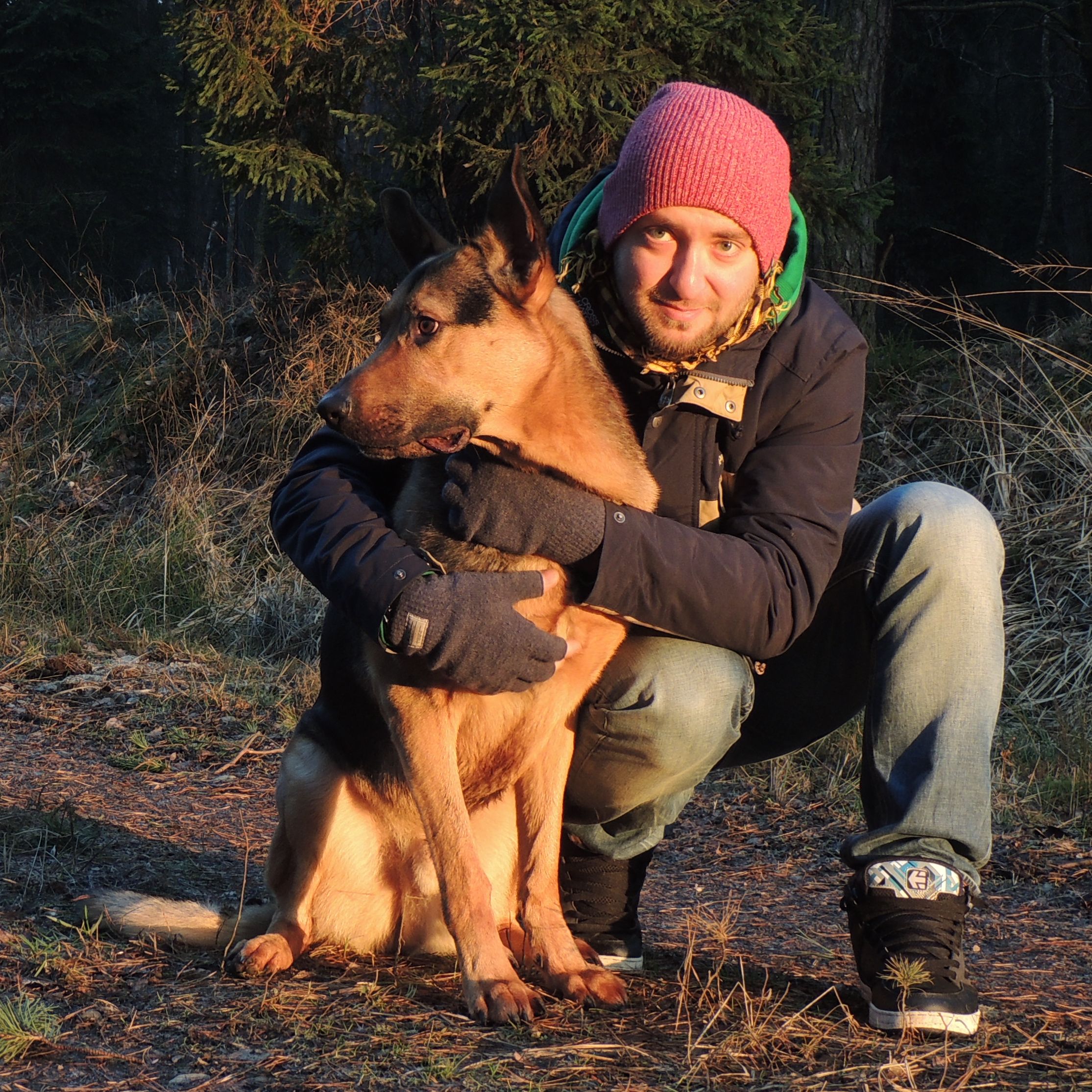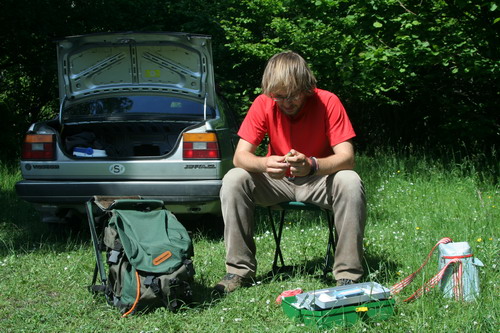| population ecology group | ::: | institute | ::: | university | ::: |

| Szymon Drobniak, Ph.D. szymek.drobniak@uj.edu.pl |
Inst. of Environmental Sciences Jagiellonian University Gronostajowa 7, 30-387 Kraków Poland tel. + 48 12 664 51 79 fax + 48 12 664 69 12 |
||
home |
+ projects |
publications |
students |
popular science |
R |
not only science... |
Current projects:
Applications for open competitions (Sonata4, Preludium4 and Opus 4) are sent. If we get the money form the National Science Center, I'll study the genetics of steroid hormones, fascinating sex-ratio adjustment in birds and real invasions of no less real plants. Cross your fingers!
Genetic strucutre of common cuckoo gentes parasitising great reed warblers and eurasian reed warblers.
[May 2011 - Dec 2013]
Species: common cuckoo (Cuculus canorus)
Cockoos are a group of passerines that uses other passerine species as hosts, parasitising their broods. Cuckoo females are differentiated into gentes - genetically divergent clusters, characterized by specific egg colouration, mimicing egg colouration of species parasitized by these gentes. The aim of this project is genetic description of cuckoos that recently begun to parasitize additional species in the area of Milicz Ponds (until recently only great reed warblers were parasitized in this area, now cuckoo eggs are found also in eurasian reed warbler nests). The study will combine analyses of mitochondrial DNA (mother-inherited genetic marker) nad microsatellite loci (inherited through both parental lines).
Cooperation: Andrzej Dyrcz (University of Wroclaw), Mariusz Cichoń, Joanna Sudyka
[May 2011 - Dec 2013]
Species: blue tit (Cyanistes caeruleus)
In many bird species both males and females are ornamented. Up to now this was assumed to result from strong intersexual genetic correlation in ornamentation. Thus, females' ornaments were supposed to have evolved through the action of sexual selection on males. However, evidence exists suggesting that also female ornamentation bears some information and can play role in sexual selection. In this project we'll check if these genetic correlations are in fact high. Also, using quantitative genetics tools, we'll see if males' and females' ornaments carry similar or different information.
Cooperation: Aneta Arct, Mariusz Cichoń, Lars Gustafsson (Uppsala university)
Genetic similarity and mate choice in zebra finches
[Sep '09 - Aug '10]
Species: zebra finch(Taeniopygia guttata)

Plots of microsatellite genotyping for zebra finch.
The aim of the project is determining the way genetic similarity of individuals influences mate choice by female and offspring fitness. To do this we constructed pairs of individuals exhibiting different levels of genetic similarity (unrelated individuals vs. close relatives - brothers and sisters reared in different nests). The female in each of these pairs had the chance to copulate outside the social pair with a randomly chosen male. We will measure reproductive success of each pair, fitness of the offspring and - using molecular paternity analyses - the relationship between genetic similarity of social partners and probability of EPC.
Cooperation: Aneta Arct, Joanna Rutkowska.
Benefits of extra-pair copulations in changing environmental conditions in Blue Tits
[2010 - 2012]
Species: Blue Tit (Cyanistes coeruleus) Place: Gotland
In this project we test the hypothesis that genetic benefits resulting from extra-pair copulations (higher fitness of extra-pair young) manifest themselves only in unsuitable environmental conditions that limit available resources. Current data show no unequivocal evidence for the existence of genetic benefits of EPC. Our project aims at filling this gap and showing why recent results were unable to find good evidence for these benefits.
 |
Sikora modra fot: Szymon Drobniak |
Cooperation: Aneta Arct, Mariusz Cichoń
Completed projects:
Genetic and environmental determinants of carotenoid-based plumage colouration
Species: Blue Tit (Cyanistes coeruleus) Place: Gotland
The aim of the project was determining genetic and environmental components of variation in bird plumage coloration based on carotenoids and in immunocompetence (measured as cell-mediated immune response, CMI). We also looked for evolutionary trade-offs between carotenoids-based coloration and immunity-related traits. We showed that males and females differ in the amounts of genetic variance in CMI (the heritability of females being higher than of males). The remaining data are still being analysed.
 |
W terenie przy pracy |
Cooperation: Dariusz Wiejaczka, Aneta Arct, Mariusz Cichoń, Anna Dubiec (Museum and Institute of Zoology, Polish Academy of Sciences).
d e s i g n e d b y P a w e ł K a p u s t a